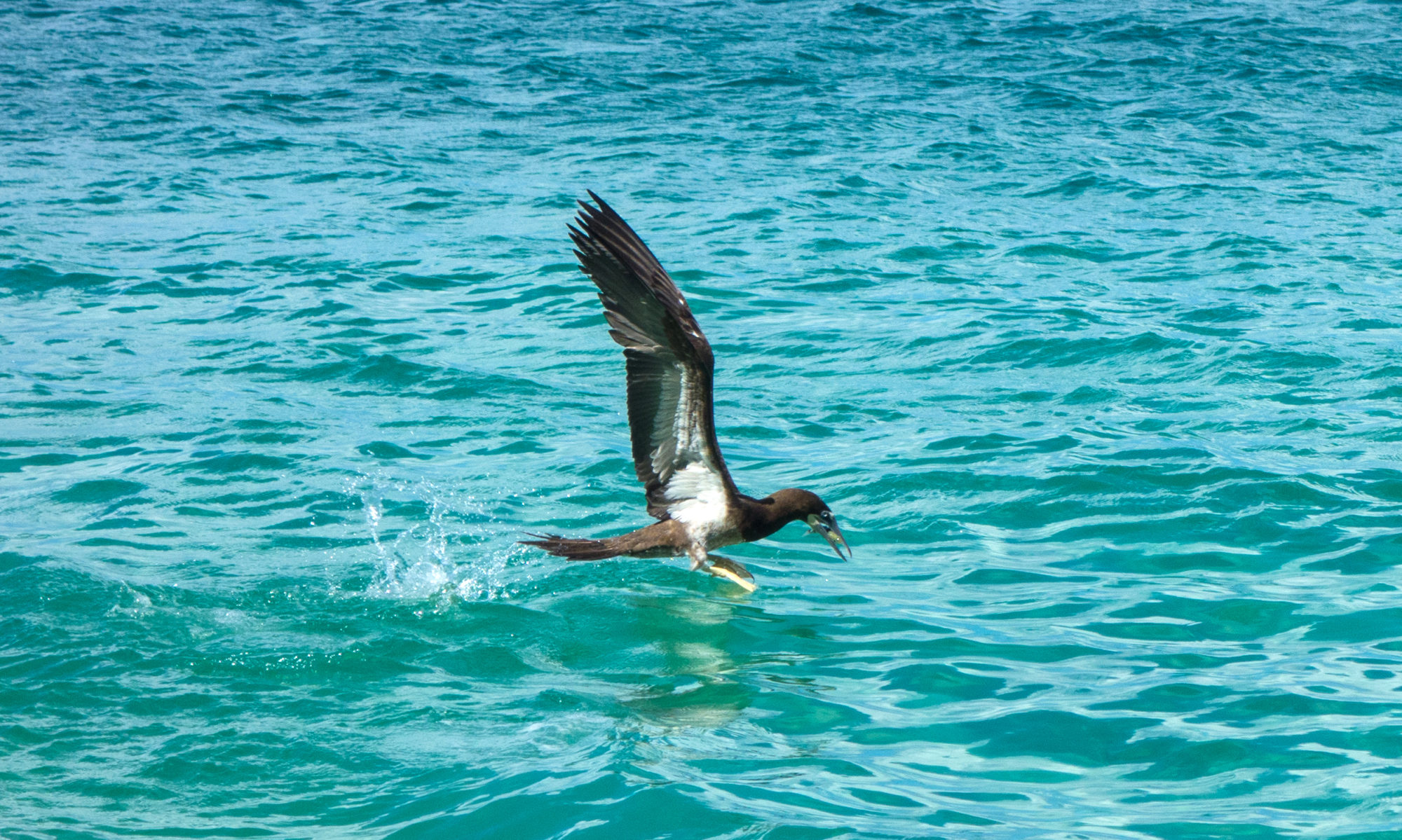Whenever I heard Mac mutter the words “Gadaffi dust” I knew that he was referring to hazy conditions, but I didn’t realize that the haze was actually called “Saharan dust” until several years later. The concept of dust from the Sahara Desert traveling thousands of miles seemed strange, but it didn’t occur often and I therefore gave it little thought. “Gadaffi dust” was a minor irritant, something that made views of the horizon blurry and marred our lovely sunsets, but it didn’t bother me much until recently.

The Sahara is the world’s largest desert, spanning over nine million kilometers, and the dry, dusty sand blown from its surface averages a whopping 180 million TONS per year. From mid-June until about mid-August the trade winds blow this sand and dust into the atmosphere, creating a layer that can be over two miles thick. These layers of dust are referred to as “plumes”, and the intensity of these Saharan plumes has grown considerably over the years. What used to be “a little bit of Gadaffi dust” is now more like a suffocating blanket, and the dreary, grey sunsets and dust-covered furniture are the least of our complaints.


Due to the fact that the Sahara was at one time an ocean the dust is organic in makeup, and is also laden with minerals such as iron and phosphorus. While the minerals dropped by this dust are beneficial in some respects (they are crucial for plants on land and plankton in the sea), the organic matter causes coral-damaging algae to bloom. This toxic algae is harmful to the reefs as well as the fish feeding on it, and is therefore responsible in part for the decline in fish numbers in the Caribbean as well as the health of our coral reefs. Inhalation of the dust by humans is also a health hazard, especially for those with respiratory diseases such as asthma, and the poor air quality causes dry coughs, sore throats and itchy eyes. With Covid-19 and an erupting volcano in 2021 thrown into the mix, St. Vincent and the Grenadines really could have done without the horrible blankets of Gadaffi dust!

The thick, dry plumes of Saharan dust DO have their benefits as they are known to weaken tropical cyclones, the down-drafts they create lessen the chances of system development. Although the dry air associated with the plumes decreases the chance of rainfall, it also greatly decreases the chance of hurricanes forming, and for this we need to be grateful.

The Saharan dust is now monitored by satellites, and we can see for ourselves when to expect the pesky stuff and how long it will be in the region. It was especially bad this past season, and I am sure I’m not alone when I say that the dreadful blankets of dust we experienced were depressing and caused headaches, as well as gritty eyes and sore throats. The lack of pretty sunsets simply added to the general gloomy atmosphere on the island, and it was a huge relief when the plumes disappeared. At least for now. Is the Saharan dust getting so much thicker due to global warming (I strongly suspect it IS), or is it simply a part of nature’s cycle? What long-term effects can humans expect from breathing in large quantities of dust particles? Do we REALLY want to be eating reef fish that has been nibbling on coral covered with toxic algae, or are humans exempt from whatever has been killing our marine life? I don’t have the answers, but it’s definitely food for thought!




I wonder if the increase in dust over the past years is contributing to the increase in sargassum weed in the Caribbean
Both increases have to do with global warming I am sure